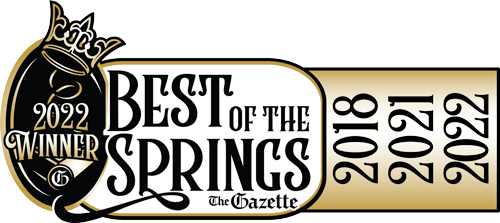A Grand Valley State University professor is helping her patients improve their speech as they ride horses. It’s an emerging speech-language therapy technique and the results are often immediate.
Beth Macauley, associate professor of communication sciences and disorders, has been studying and using hippotherapy for nearly 30 years on patients as young as 2 years old to elderly patients who have experienced strokes. She is one of four speech-language pathologists in the U.S. with board certification in hippotherapy.One of her patients, Davide Cirilli, a 7-year-old boy with autism spectrum disorder, has come to Children and Horses United in Movement in Dansville, Michigan, to receive therapy to improve his fine motor and speech skills. He rides Twiz, a 9-year-old quarter horse and mustang mix gelding.
A simple exchange while riding the horse might go like this:
“What do you like on your pizza?” asked Macauley.
“Pepp-er-o-ni!” said Cirilli, sounding out each syllable.
“Good. Now say that in a full sentence,” said Macauley.
“I like pepp-er-o-ni on my pizza,” Cirilli answered.
Macauley said the exchange may seem simple, but for Cirilli, it shows vast improvement in his speech.
She said three-dimensional movements — up-down, side-side, front-back — of a horse pelvis are very similar to that of a human pelvis.
“When a person with a disability is on a horse, the horse’s nervous system becomes a framework for that person. Instead of going into a room and using books and cards for speech therapy, you’re now doing those same activities on a horse and the horse’s movement facilitates improved neurological function,” she said.
The exercises Macauley uses depend on each patient’s goals. Macauley also works with a woman who had a traumatic brain injury from a car accident. The goals were to establish muscle patterns and practice speaking and sustaining vowels. Before the woman got on the horse, her volume was low and she had poor trunk support. At the end of the therapy session, her speech was clearer and more articulate.
“We don’t quite understand how it works yet,” Macauley said, “but we have a theory: the consistent and repetitive motion of a horse walking or trotting stimulates the nervous system of the person on the horse and facilitates increased physical and cognitive function. Since the nervous system is given a coordinated, integrated framework from which to function, it can focus on bigger, more complex thoughts, words and movements.”
In the future, Macauley hopes to lead a study that focuses on the activity of a patient’s brain during hippotherapy. She also hopes the therapy technique will eventually be covered by insurance companies.
Hippotherapy started as a physical therapy treatment for children with cerebral palsy, then it was used for adults with polio and brain injuries. Over the years, the technique expanded from helping to improve physical conditions to improving speech, language and cognition.
Macauley is available for interviews and can be reached at macauleb@gvsu.edu or 616-331-5617. For more information, contact University Communications at Grand Valley State University at (616) 331-2221.
View the full article



